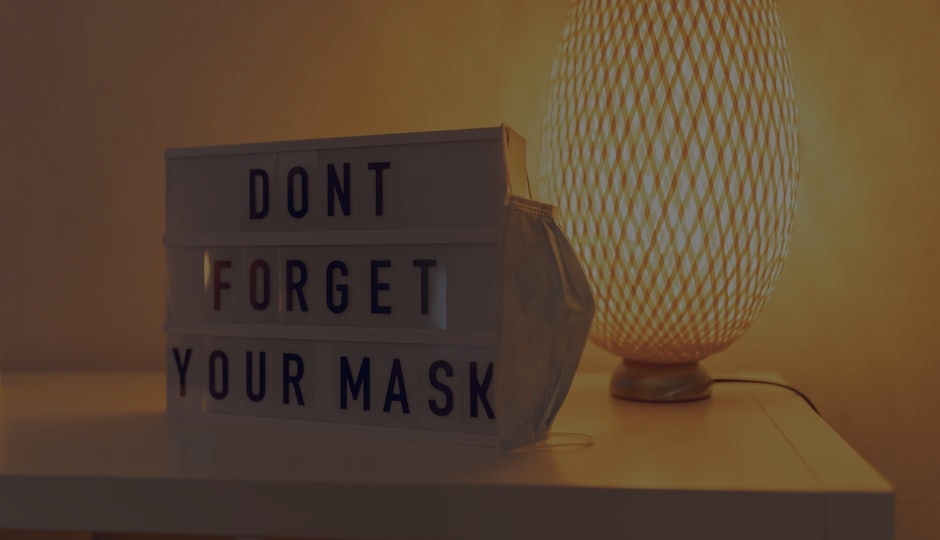**Abstract**: Discover how Feng Shui symbols can enhance protection in your home, creating a serene and secure environment. This guide unveils the most effective symbols for safety and harmony.
Understanding Feng Shui and Its Importance
Feng Shui is an ancient Chinese practice focused on harmonizing individuals with their surrounding environment. By utilizing specific symbols and elements, it aims to create a balance that promotes well-being. In Western cultures, the interest in Feng Shui has surged, as many seek to enhance their living spaces for peace and security. Understanding the fundamental principles of Feng Shui can empower individuals to create a safe haven, making it essential to explore the symbols that offer protection.
Key Feng Shui Symbols for Protection
Several symbols are recognized for their protective qualities in Feng Shui. The **Pa Kua mirror** is one of the most powerful tools. Placing it facing outward near entrances can deflect negative energy and protect the home from harmful influences. Another popular symbol is the **Chinese dragon**, which embodies strength and protection. Displaying dragon figurines in your home can help safeguard your space while inviting positive energy. Additionally, the **Fu Lion statues**, often seen guarding entrances, serve as fierce protectors against negative forces.
The Role of Colors in Feng Shui Protection
In Feng Shui, colors play a crucial role in enhancing protective energies. **Red**, for example, is known for its ability to ward off evil spirits and bring good fortune. Incorporating red accents, such as cushions or artwork, can elevate the protective aura of your home. Similarly, **black** is associated with depth and protection, making it a powerful color for creating a safe environment. Utilizing these colors in decor can significantly influence the energy flow within your space, providing a sense of security.
Natural Elements as Protectors
Integrating natural elements into your home can amplify the protective energies of Feng Shui. **Plants**, particularly those with rounded leaves, such as jade or rubber plants, are believed to absorb negative energy and enhance the overall vibe of your space. **Crystals** also play a significant role; for instance, **black tourmaline** is renowned for its protective properties, helping to shield against electromagnetic radiation. Strategically placing these elements can foster a nurturing atmosphere, ensuring a safe and harmonious living environment.
Creating a Protective Space
To fully benefit from Feng Shui symbols, it’s essential to create a space that feels secure and inviting. Start by decluttering your home, as a clean environment allows for better energy flow. Next, arrange furniture to promote positive energy circulation. Ensure that entrances are well-lit and welcoming, as they serve as the primary entry points for energy. Incorporating protective symbols and elements into your decor will further enhance your space, allowing you to enjoy a tranquil atmosphere.
Personalizing Your Feng Shui Approach
Every individual has unique needs and preferences, so personalizing your Feng Shui practice is vital. Consider your specific concerns and what protection means to you. For some, it may involve emotional safety, while for others, it could be about physical security. Tailoring your approach allows you to select symbols and elements that resonate with you, creating a protective sanctuary that aligns with your lifestyle and values.
In conclusion, embracing the power of Feng Shui symbols can significantly enhance the protective qualities of your home. By understanding the importance of these symbols and integrating them thoughtfully into your living space, you can create an environment that nurtures safety, harmony, and well-being. Whether you’re drawn to the fierce energy of the dragon or the calming presence of plants, the journey to a protected home begins with intentional choices that reflect your personal desires and needs.










